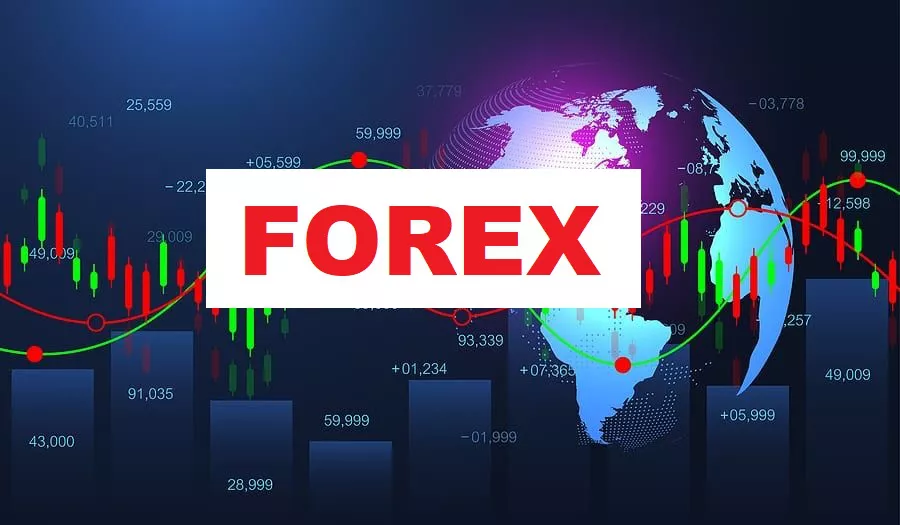The EUR/USD currency pair is the most widely traded pair in the global financial markets. Representing the Eurozone’s euro against the United States dollar, it stands as a benchmark for forex trading worldwide. Its liquidity, tight spreads, and responsiveness to global economic events make it a favorite among traders, from novices to institutional investors.
Understanding when to trade EUR/USD can significantly enhance a trader’s potential for profit and risk management. The foreign exchange market operates 24 hours a day, five days a week, spanning various financial centers across the globe. Despite this continuous operation, not all hours offer the same trading conditions or opportunities.
This article explores the best time to trade EUR/USD by analyzing market sessions, volatility patterns, economic news releases, and key trading strategies. We also dive into how forex price movements behave during different hours and how traders can capitalize on these fluctuations.
Global Forex Market Hours and Their Impact on EUR/USD
The forex market opens Sunday evening (in U.S. Eastern Time) and closes on Friday evening, running continuously through overlapping global sessions: the Asian, European, and North American sessions.
Asian Session (Tokyo): Opens 7 PM to 4 AM EST
European Session (London): Opens 3 AM to 12 PM EST
North American Session (New York): Opens 8 AM to 5 PM EST
The EUR/USD pair experiences different liquidity and volatility characteristics in each session. Since the pair involves the euro and the U.S. dollar, the London and New York sessions are particularly influential.
Why the London and New York Sessions Are Crucial for EUR/USD Trading
The London session is the largest forex trading center and overlaps with both the Asian and New York sessions at different times, creating high liquidity periods. During the London session, EUR/USD often experiences increased volatility and narrower spreads due to high volume.
The New York session follows closely, and its overlap with London brings some of the highest trading volumes in the forex market. This period tends to produce the most significant price movements, especially around the release of U.S. economic data such as Non-Farm Payrolls or Federal Reserve announcements.
Volatility Patterns in EUR/USD Trading
Volatility, which reflects the frequency and extent of price changes, is a critical factor when deciding the best time to trade EUR/USD. High volatility can present opportunities for profits but also entails higher risks.
The EUR/USD generally sees increased volatility:
During the London session opening hours (3 AM – 4 AM EST)
During the London/New York overlap (8 AM – 12 PM EST)
Around major economic announcements from Europe and the U.S.
Conversely, the Asian session usually exhibits lower volatility for EUR/USD because neither the Eurozone nor the U.S. market is actively trading during those hours.
Economic News and Their Effects on EUR/USD Movements
News releases and economic indicators are catalysts for sharp forex price movements. Key events that impact EUR/USD include:
European Central Bank (ECB) announcements — interest rates, policy updates
U.S. Federal Reserve announcements — interest rate decisions, economic outlook
GDP releases, unemployment data, inflation reports from both the Eurozone and the U.S.
Traders should be aware of the economic calendar to prepare for these releases, which often occur during London or New York sessions, intensifying market activity and volatility.
Optimal Trading Windows for EUR/USD
Based on market behavior, the best windows to trade EUR/USD are:
1. London Session Opening (3 AM – 4 AM EST)
This marks the start of the European market day. The influx of European traders and institutions causes sudden increases in volume and volatility.
2. London/New York Overlap (8 AM – 12 PM EST)
The overlap is the most liquid and volatile period. Many key economic releases occur here, amplifying opportunities.
3. Immediately After Major News Releases
Trading around news events can be profitable but requires quick reactions and risk management due to rapid price swings.
Trading Strategies Tailored for Best Trading Times
Traders can adopt several strategies depending on the time of day:
Breakout trading: Capitalize on sharp moves during London open or news releases.
Range trading: Suitable during lower volatility periods such as the Asian session.
Trend following: Effective during sustained moves in the London/New York overlap.
Combining these strategies with knowledge of market hours maximizes effectiveness.
How Forex Price Behavior Influences Trading Decisions
The price action of EUR/USD reflects underlying economic conditions and trader sentiment. During high-volume periods, price tends to move decisively, creating clear trends and breakouts.
During quieter periods, the price may consolidate in narrow ranges, offering fewer trading opportunities but allowing for certain range-bound strategies.
Monitoring price behavior alongside the timing of trades can improve entry and exit points, optimizing profitability.
Conclusion
In conclusion, knowing the best time to trade EUR/USD is essential for every forex trader seeking to maximize profits and manage risk effectively. The most favorable periods include the London session open, the London-New York overlap, and times surrounding major economic news releases. Traders should adapt their strategies to these times, balancing risk and opportunity.
Mastering the timing of your trades alongside a robust understanding of market fundamentals and technical analysis is key to thriving in the forex space.
Related topics:






























